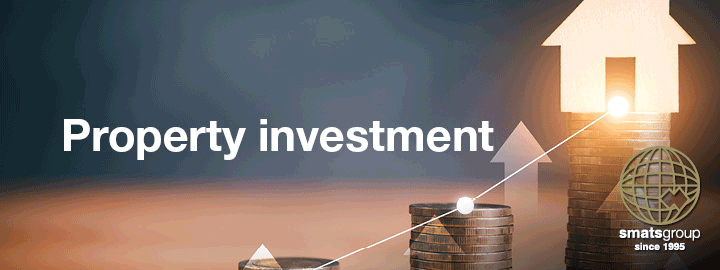How much is my property worth? It depends who - or what - you ask
Data-driven property valuation tools are now widely available but do they measure up to an assessment made in-person by a property valuer?
In today’s digital age, where a wealth of information is available at our fingertips, many Australians are turning to online tools to answer the pressing question, “How much is my property worth?”
With countless free online home value estimators at our disposal, it’s easy to wonder about their accuracy and whether a computer can truly rival human expertise in determining property value.
If the online estimate falls short of expectations, who’s there to address your concerns? A computer is unlikely to have a complaint department or give you a personalised reply and hear your concerns.
Enter the world of property valuations, where three primary methods stand out: Automated Valuation Models (AVMs), desktop assessments, and in-person valuations. Each of these approaches offers distinct advantages and limitations, catering to different needs and situations.
Automated Valuation Models
AVMs are online tools that utilise advanced algorithms to analyse publicly available data and generate an estimate of your property’s value.
They offer a convenient way to obtain a quick, ballpark figure, making them ideal for initial insights.
While AVMs can serve as a useful starting point, their accuracy depends on the quality and currency of the data they crunch. They are often limited by the scope of online information and may not fully capture the unique attributes of a property.
For instance, unless your property is in a newly developed estate where homes are quite similar, an AVM will not account for specific details such as recent renovations, the condition of your kitchen or bathroom, or the addition of a new pool.
Consequently, if you have made significant updates or improvements to your property, an AVM may not reflect the true increase in value resulting from these enhancements
Ironically, most AVMs can be found on popular non-valuation platforms like Realestate.com.au and Domain, which use data such as recent sales and market trends to produce their value estimates.
This year Opteon, one of Australia’s largest independent valuation companies, has launched My Property Estimate, a free and instant AVM powered by PropTrack.
Desktop assessments
So, what if you’re not happy with the online estimate?
You probably need a human touch. A desktop assessment is a more customised method that still does not require a physical inspection.
This approach relies on the personalised attention and skill of a qualified, certified practicing valuer. It’s basically a hybrid of an AVM and in person inspection.
The valuer will rely on their intimate knowledge of an area and use tools such as online maps, analysis of recent sales data, market trends, property characteristics and public records. They may also ask for some specific information from the homeowner to get an in depth understanding of your property.
Desktop valuations strike a balance between cost and detail, offering a quicker and more affordable alternative to full inspections.
They are particularly useful when time or logistics pose challenges, providing a reliable estimate based on extensive data. However, they may not capture specific property nuances or current condition issues that could influence value.
In-person valuations
For the most accurate and comprehensive property valuation, an in-person assessment remains unparalleled. While it may seem traditional, it is, in fact, the most reliable method for determining the true market value of your property.
This approach involves a qualified valuer visiting your property to perform a thorough inspection, evaluating its condition, features, and any potential issues directly. The resulting report is detailed and often includes photographs and an insightful description of your property.
In-person valuations are crucial for significant transactions such as buying, selling or securing financing, and they play an essential role in legal matters like estate settlements or disputes. This method provides a precise valuation that takes into account all the unique aspects of a property.
Diane Wright, Director of Partnerships and Marketing, Opteon, noted a growing demand for inspection valuations due to low stock on market, competitive purchasing and cost of living pressures.
“In an ever-shifting market we are seeing higher demand from property owners and investors for inspection-based valuations.
“It is the quality time and conversation with the local expert while onsite that our customers value most, probably as much if not more than the report we send them,” Ms Wright said.
A valuation ensures buyers and sellers alike have a well-informed perspective on property value, empowering them to make better decisions in a competitive market.
A valuer for every occasion
Choosing between these options depends on your specific needs.
For a comprehensive understanding of your property’s value, particularly if it’s unique or has had upgrades, an in-person valuation is the best choice.
If you need a quick estimate or face logistical constraints, a desktop valuation can offer timely insights while still being conducted by a qualified expert.
For initial guidance, AVMs provide a handy starting point but should be complemented with professional advice for major decisions.
Ultimately, understanding the strengths and limitations of each valuation method will help you select the one that best suits your needs, ensuring you make well-informed decisions about your property.





















